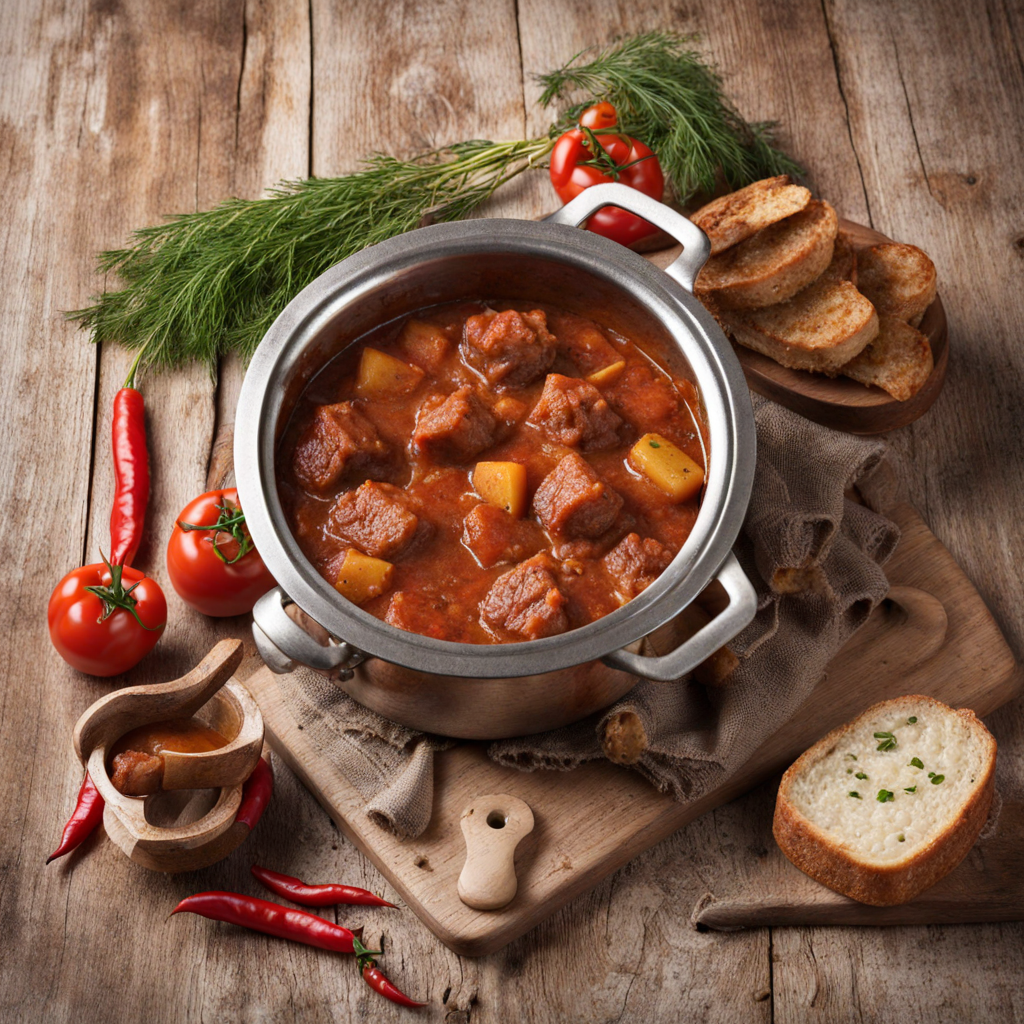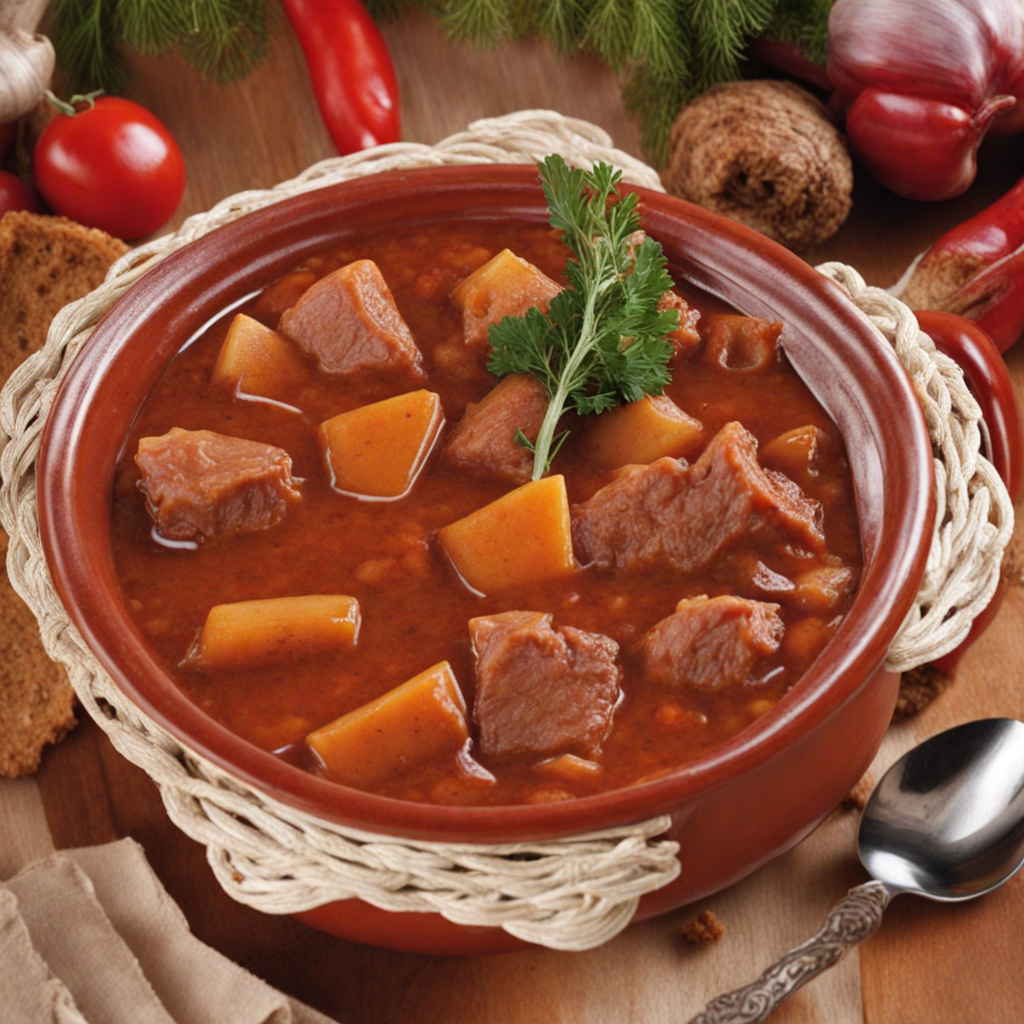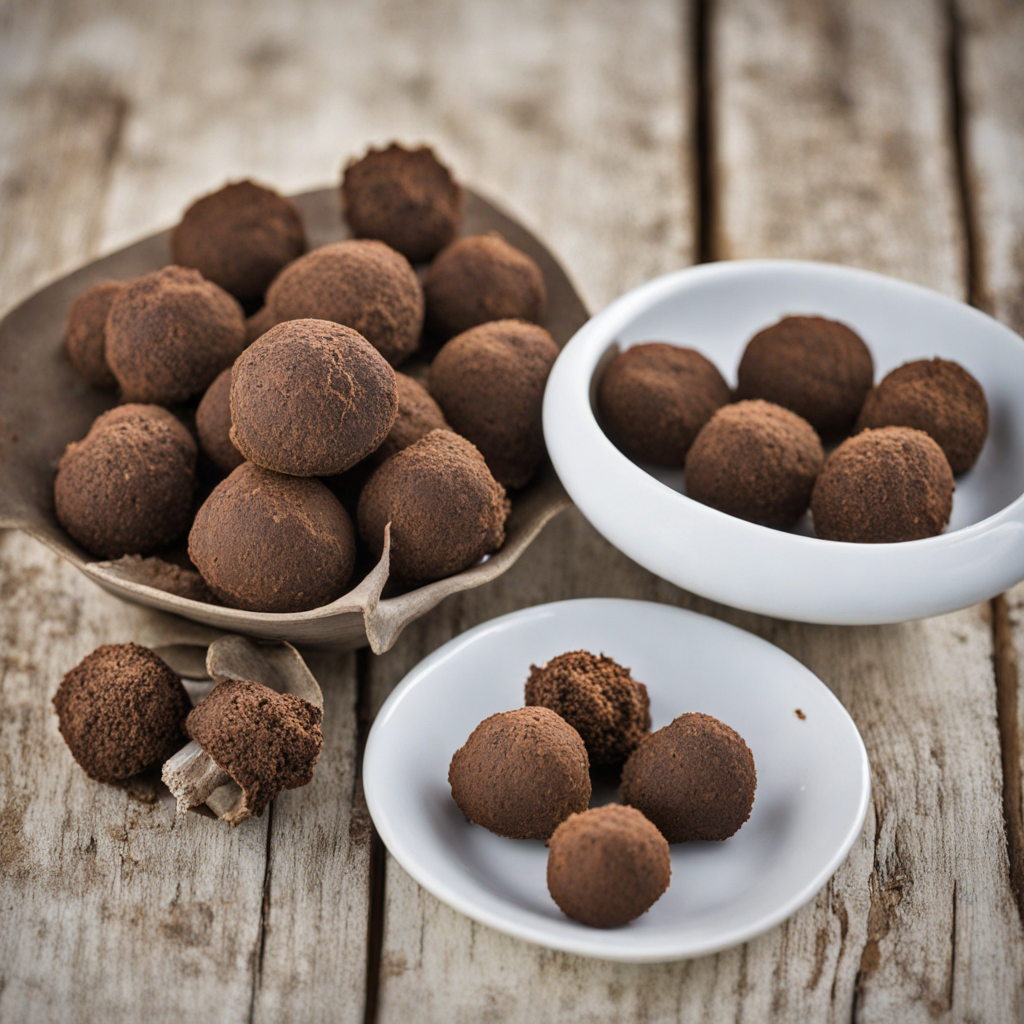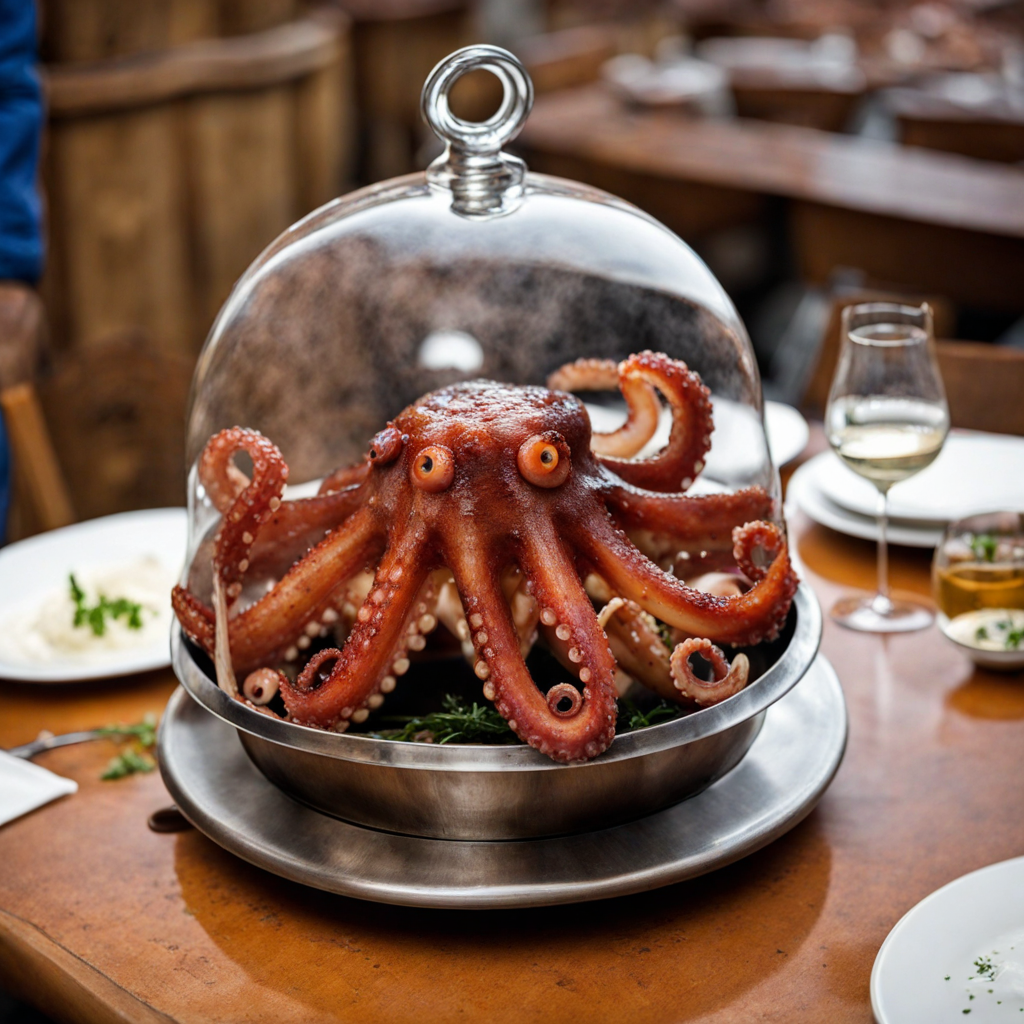Čobanac
Čobanac is a traditional Croatian stew that embodies the rich culinary heritage of the country's Slavonian region. This rustic dish is a celebration of robust flavors, typically featuring a harmonious blend of various meats such as beef, pork, and sometimes game, simmered slowly in a pot. The key to Čobanac's unique taste lies in its seasoning, with a generous dose of paprika, garlic, and a medley of herbs that infuse the dish with warmth and depth. The ingredients are often sourced locally, contributing to the authenticity and richness of the dish. The preparation of Čobanac is a communal affair, often enjoyed during gatherings and celebrations. It is traditionally cooked over an open fire, allowing the smoke to enhance the stew's flavor profile. The slow cooking process is essential, as it allows the meats to become tender and the flavors to meld together beautifully. Alongside the meats, vegetables such as onions, bell peppers, and tomatoes add a vibrant color and a subtle sweetness, balancing the dish's hearty essence. The result is a thick, savory stew that is perfect for sharing with friends and family. Served hot, Čobanac is typically accompanied by crusty bread or polenta, making it a filling and satisfying meal. Each region and household may have its own variation, allowing for endless possibilities and adaptations based on personal preferences or seasonal ingredients. This dish not only showcases the culinary traditions of Croatia but also invites those who partake in it to experience the warmth and hospitality that is characteristic of Croatian culture, making it a must-try for anyone looking to explore new flavors.
How It Became This Dish
Čobanac: A Culinary Journey Through Time and Culture Origin and Historical Context Čobanac, a traditional Croatian stew, has its roots deeply embedded in the rural landscapes of the Pannonian Plain and the mountainous regions of Croatia, particularly in Slavonia and Baranja. The word "čobanac" translates to "shepherd's stew," hinting at its origins among shepherd communities who needed a hearty, nourishing meal to sustain them during long days in the fields. The dish is emblematic of pastoral life, showcasing the resourcefulness of shepherds who often relied on whatever they could find or hunt. Historically, the preparation of čobanac is linked to the agricultural and pastoral practices of the region. The stews were typically made over an open fire, using a large pot, or "kotlina," which was ideal for communal cooking. This communal aspect of preparing čobanac reflects the social fabric of rural life, where families and neighbors would gather to share meals, stories, and camaraderie. The ingredients used in čobanac varied depending on local availability, which made it a versatile and adaptive dish. Cultural Significance Čobanac is more than just a dish; it is a cultural symbol representing Croatia's culinary heritage. It embodies the rustic charm of the countryside and the communal spirit of its people. The stew is often prepared during gatherings, celebrations, and festivals, serving as a centerpiece for social interaction. In many Croatian regions, especially during the autumn harvest, čobanac is a staple at events like "čobanijada" (shepherd’s stew competitions), where local chefs compete to create the best version of the dish. These events foster community spirit and preserve culinary traditions. The preparation of čobanac is also steeped in folklore and local customs. Different regions of Croatia boast variations of the stew, which are often tied to specific local ingredients, cooking techniques, and even family recipes that have been passed down through generations. This regional diversity highlights the pride Croatians take in their culinary identities and the importance of food as a means of expressing cultural heritage. Ingredients and Preparation The essence of čobanac lies in its simplicity and adaptability. Traditionally, it consists of a combination of meats—usually beef, pork, and sometimes game—along with vegetables such as onions, peppers, and tomatoes. The meats are typically cut into large chunks and seared before being combined with the vegetables in a pot. Paprika, a key spice in Croatian cuisine, is generously added, imparting a rich color and flavor to the stew. The cooking process is as important as the ingredients themselves. Čobanac is traditionally prepared slowly, allowing the flavors to meld together, often for several hours. This slow cooking method enhances its depth of flavor and tenderness of the meat. The dish is usually served with crusty bread or polenta, making it a filling meal that satisfies both hunger and the soul. In recent times, chefs have begun to experiment with çobanac, incorporating modern techniques and ingredients while still honoring its traditional roots. Some variations now include different types of meat, seafood, or even vegetarian options, showcasing how adaptable the dish can be while still retaining its essence. Development Over Time As globalization and modernization have influenced culinary practices worldwide, čobanac has also evolved. In the late 20th and early 21st centuries, there has been a resurgence of interest in traditional foods, leading to a revival of interest in dishes like čobanac as part of Croatia's national identity. The rise of food tourism has further contributed to this trend, with visitors eager to experience authentic Croatian cuisine. Restaurants across Croatia have embraced čobanac, offering their unique interpretations while still respecting its traditional roots. This has helped elevate the dish from its humble origins to being a celebrated part of Croatian gastronomy. Chefs are now more conscious of sourcing local and seasonal ingredients, which not only supports local farmers but also enhances the dish's flavor profile. Moreover, the dish has found its way into Croatian diaspora communities around the world. As Croatians migrated to different countries, they carried their culinary traditions with them, adapting recipes to suit available ingredients while preserving the essence of the dish. This global presence has introduced čobanac to new audiences, allowing it to thrive beyond its geographical origins. Conclusion Čobanac is a dish that tells the story of Croatia's rich culinary history, reflecting the country's agricultural roots, communal spirit, and regional diversity. As a symbol of national pride, it continues to be celebrated in festivals, family gatherings, and restaurants, embodying the warmth and hospitality of the Croatian people. While the dish has evolved over time, its foundational principles of simplicity, resourcefulness, and community remain at its heart. In an era where food serves as a bridge between cultures and generations, čobanac stands as a testament to the power of traditional cooking to connect people, celebrate heritage, and create lasting memories. Whether enjoyed in a rustic mountain village or a contemporary urban setting, this hearty stew remains a beloved emblem of Croatia's culinary landscape, inviting all who taste it to partake in its rich history and cultural significance.
You may like
Discover local flavors from Croatia







